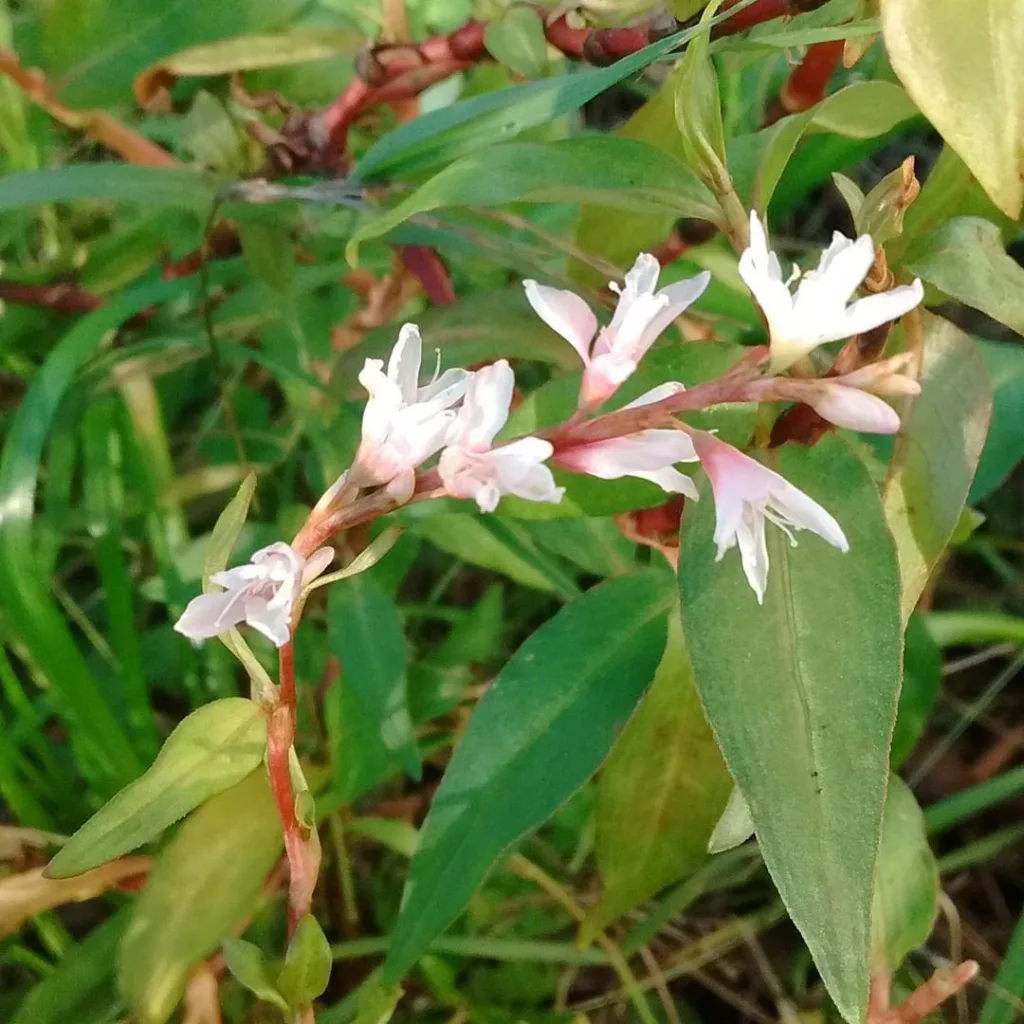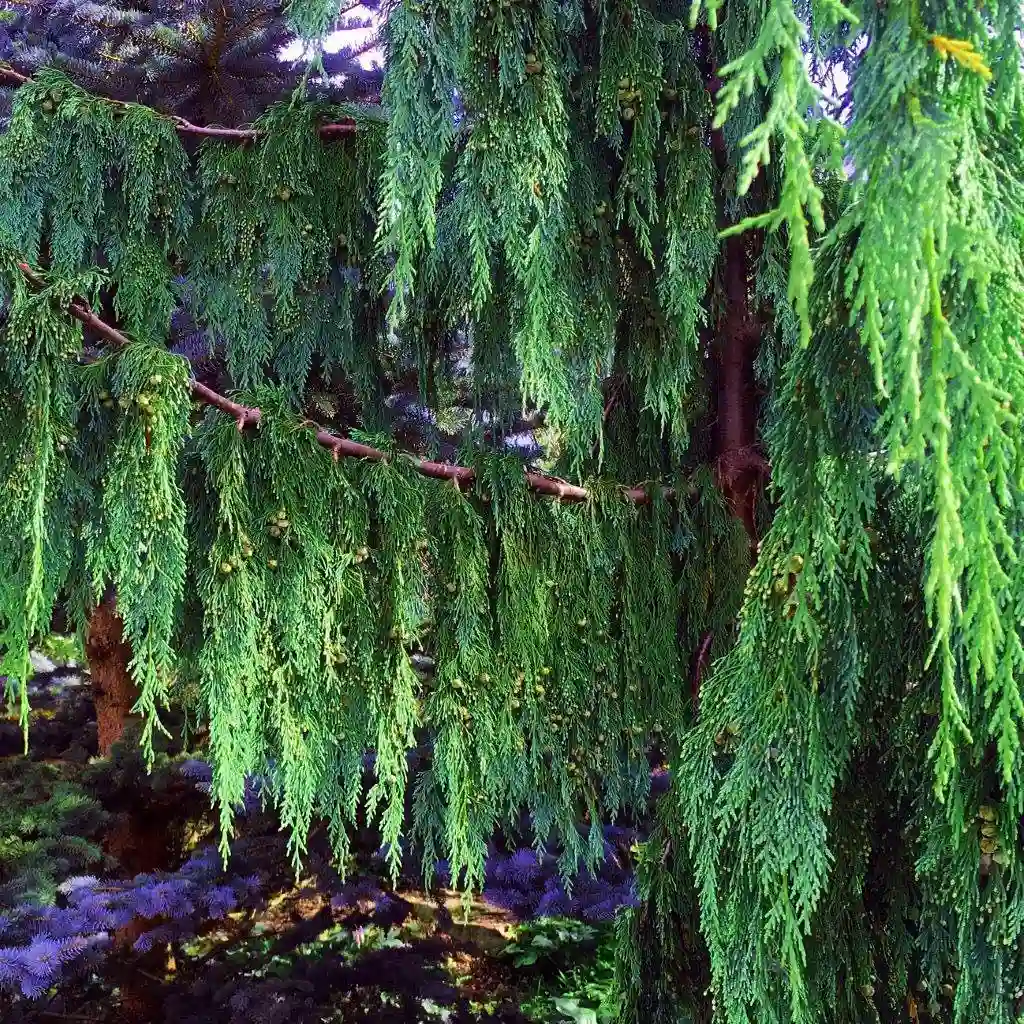Getting to Know Phyla: A Closer Look at a Fascinating Genus
Hi, I’m Ferb Vu, and today I want to share my fascination with a plant genus that often gets overlooked: Phyla. These humble plants, belonging to the verbena family (Verbenaceae), are more than just ground cover. They are a testament to nature’s resilience and adaptability, thriving in diverse environments and offering a subtle beauty that deserves appreciation.
What is Phyla?
The name Phyla originates from the Greek word “phyle,” meaning “tribe.” This is quite fitting, as these plants often grow in dense mats, forming a community of sorts. They’re commonly known as fogfruit or frogfruit, perhaps due to their ability to thrive in moist conditions or their attractiveness to amphibians.
Phyla species are typically low-growing, spreading plants. They feature small, rounded leaves and delicate flowers that cluster together in captivating displays. While the flowers themselves are small, their collective impact is undeniable. They range in color from white and pink to lavender, adding a touch of understated elegance to any landscape.
Diverse Species within the Genus
The Phyla genus boasts a diverse range of species, each with its unique characteristics and distribution:
- Phyla betulifolia: This species, often found in Central and South America, is known for its compact, shrubby appearance and small, rounded leaves that somewhat resemble birch leaves (hence “betulifolia”). Phyla betulifolia thrives in warmer climates and prefers moist environments, making it well-suited for boggy or marshy areas. Its tiny, pink-to-white flowers bloom in clusters and attract pollinators, particularly butterflies, making it a charming addition to naturalistic landscapes.
- Phyla cuneifolia: Phyla cuneifolia, distinguished by its wedge-shaped leaves (“cuneifolia”), is a low-growing ground cover native to arid and semi-arid regions of South America. This species adapts well to dry soils and can be found in rocky and sandy habitats, where it forms dense mats. The plant produces small, white or pale lavender flowers that appear in clusters, adding subtle beauty and attracting beneficial insects. It is particularly valuable for erosion control due to its spreading growth habit.
- Phyla × intermedia: A hybrid species, Phyla × intermedia is derived from natural crossbreeding between different Phyla species. It inherits the hardiness and low-growing habit characteristic of its parent species, making it a resilient choice for covering ground in various climates. This species typically bears small, attractive flowers that can range in color from white to pale pink, often providing nectar for pollinators. Its adaptability to different soil types and drought tolerance make it a versatile option for low-maintenance gardens.
- Phyla lanceolata: Commonly known as lance-leaved fogfruit, Phyla lanceolata is native to North America and recognized for its slender, lance-shaped leaves. This perennial thrives in wetland areas and along stream banks, where it plays an essential role in stabilizing soil and providing habitat for wildlife. Its small, white flowers bloom in dense clusters throughout the summer, creating a picturesque ground cover that attracts butterflies and other pollinators. Due to its moisture-loving nature, it’s commonly used in rain gardens and other water-retentive landscaping.
- Phyla linearis: Phyla linearis, identifiable by its narrow, linear leaves, is native to tropical regions in South America. This species is well-suited to warm, humid environments and is typically found in coastal or marshy areas. It has a spreading growth habit that allows it to form dense mats, which help to control erosion and maintain soil integrity in its native habitats. Its small, clustered flowers, which can vary from white to light pink, are often a food source for pollinators.
- Phyla nodiflora: Known as turkey tangle fogfruit, Phyla nodiflora is widely distributed in tropical and subtropical regions and is notable for its creeping habit and ability to adapt to a range of soil conditions. Its small, rounded leaves and clusters of tiny, white-to-lavender flowers make it a versatile ground cover. It’s particularly valued in landscaping for its durability in both wet and dry conditions, as well as its attractiveness to butterflies. In addition, it’s commonly used for soil stabilization and erosion control in restoration projects. Plant FAQs: Phyla Nodiflora
Why I Find Phyla So Interesting
My interest in Phyla stems from their remarkable adaptability. They can thrive in a wide range of conditions, from dry and sandy soils to moist and even saline environments. This hardiness makes them an excellent choice for landscaping and erosion control.
Moreover, Phyla species play a vital role in their ecosystems. They provide a valuable food source for various insects and pollinators, contributing to the biodiversity of their habitats. Their dense growth habit also helps to stabilize the soil and prevent erosion.
The Beauty of Subtlety
In a world that often celebrates the flamboyant and the showy, Phyla offers a refreshing alternative. Their beauty lies in their subtlety. The delicate flowers, the intricate patterns of their leaves, and their ability to form a verdant carpet all contribute to their understated charm.
I believe that Phyla deserves more recognition. These unassuming plants offer a valuable lesson in resilience, adaptability, and the beauty of simplicity. They remind us that even the smallest and most overlooked organisms can play a crucial role in the intricate web of life.
In Conclusion
Phyla may not be the most glamorous genus in the plant kingdom, but it certainly holds a special place in my heart. I encourage you to take a closer look at these fascinating plants and appreciate their unique beauty and ecological significance. You might be surprised by what you discover.
If i die, water my plants!



